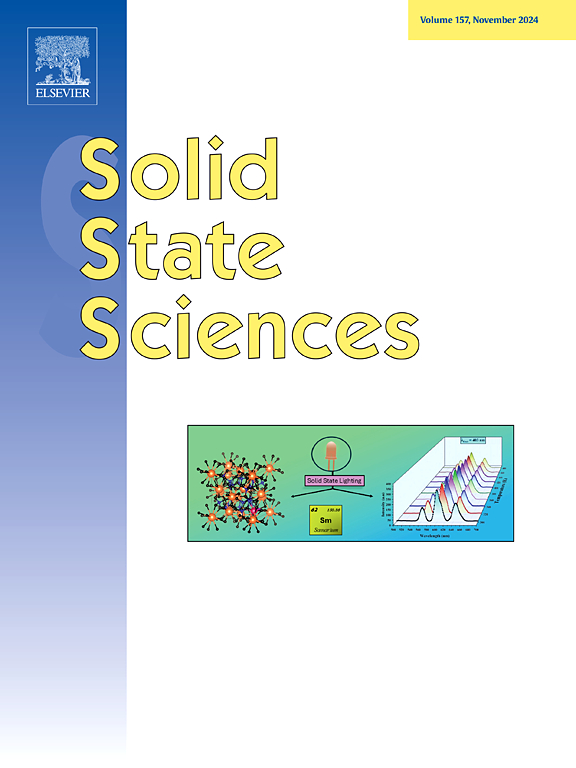Low-temperature performance of Zn-modified graphite and hard carbon as anodes for lithium-ion batteries
IF 3.4
3区 化学
Q2 CHEMISTRY, INORGANIC & NUCLEAR
引用次数: 0
Abstract
Graphite has been the primary anode material in commercial lithium-ion batteries (LIBs) due to its lithium-like charge/discharge profiles and stable performance at room temperature. However, its effectiveness in low-temperature conditions remains a significant limitation for LIB applications. Hard carbon, an alternative anode material, offers potential advantages in low-temperature environments due to its unique porous structure and lithium storage mechanism. In this study, Zn-modified graphite and hard carbon electrodes were developed by partially substituting the conductive agent acetylene black with 1 wt% Zn. The impact of this Zn addition on the low-temperature performance of the anodes and solid electrolyte interphase (SEI) formation was systematically investigated, comparing Zn-modified electrodes to pristine Zn-free ones. The results indicate that Zn incorporation enhances electrochemical performance by improving electrical conductivity and fostering the development of a thin, uniform LiF-rich SEI layer, which reduces charge-transfer resistance and accelerates electrode activation at low temperatures.

求助全文
约1分钟内获得全文
求助全文
来源期刊

Solid State Sciences
化学-无机化学与核化学
CiteScore
6.60
自引率
2.90%
发文量
214
审稿时长
27 days
期刊介绍:
Solid State Sciences is the journal for researchers from the broad solid state chemistry and physics community. It publishes key articles on all aspects of solid state synthesis, structure-property relationships, theory and functionalities, in relation with experiments.
Key topics for stand-alone papers and special issues:
-Novel ways of synthesis, inorganic functional materials, including porous and glassy materials, hybrid organic-inorganic compounds and nanomaterials
-Physical properties, emphasizing but not limited to the electrical, magnetical and optical features
-Materials related to information technology and energy and environmental sciences.
The journal publishes feature articles from experts in the field upon invitation.
Solid State Sciences - your gateway to energy-related materials.
 求助内容:
求助内容: 应助结果提醒方式:
应助结果提醒方式:


